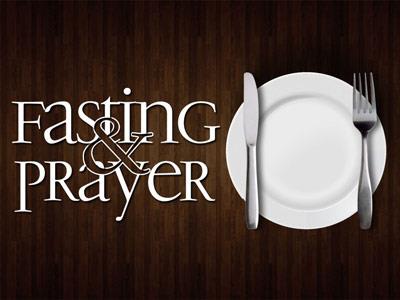-
Restore Series
Contributed by Brian Bill on May 29, 2022 (message contributor)
Summary: God can restore what has been ruined.
In 1915, a plague of locusts covered Palestine and Syria from the border of Egypt to the Taurus Mountains. The first swarms appeared in March. These were adult locusts that came from the northeast and moved toward the southwest in clouds so thick they obscured the sun. The females immediately began to lay eggs by digging holes in the soil…and depositing about 100 eggs in each…
Within a few weeks the young locusts hatched, resembling large ants. They had no wings, and within a few days they began…hopping along the ground like fleas…devouring any vegetation before them. By the end of May, they had molted. In this stage they had wings, but they still did not fly.
According to a description in National Geographic, the earlier stages of these insects attacked the vineyards. ‘Once entering a vineyard, the sprawling vines would in the shortest time be nothing but bare bark. When the daintier morsels were gone, the bark was eaten off the young topmost branches, which, after exposure to the sun, were bleached snow-white. Then seemingly out of malice, they would gnaw off small limbs.
Whiting described how the locusts of the last stage completed the destruction begun by the earlier form. ‘They attacked the olive trees, whose tough, bitter leaves had been passed over by the creeping locusts. They stripped every leaf, berry, and even the tender bark.’ They ate away ‘layer after layer’ of the cactus plants.
Locusts travel at tremendous speeds and are known for their voracious appetite as evidenced from the 8th Plague unleashed in Egypt. One Old Testament scholar writes, “Locusts have been known to devour every green herb and every blade of grass in an area almost 90 square miles, that the ground gave the appearance of having been scorched by fire.”
The destruction of locusts represents the losses of life. Some of you have been swarmed by sin and have been left reeling. Others of you are dealing with a recent diagnosis, death, disappointment, or depression. Some of you have relapsed and have lost hope of ever being sober again. Current events like school shootings, the war in Ukraine, high gas prices, and now the threat of Monkey Pox, have led to deep despair.
The devouring of the locusts pictures the devastation slowly eating away at our lives, until there’s nothing left. This gradual destruction leads to deep despair.
If any of that describes you, you’re in the right place because our topic is “Restore.” The word “restore” means, “to bring back, to reinstate, to return to a former condition.” I’m not sure what to make of this but a Google search pulled up over 3 billion results! I’m not through all of them yet.
A brief survey of several passages shed light on how the Bible defines “restore.”
Psalm 23:3: “He restores my soul.”
Psalm 51:12: “Restore to me the joy of your salvation.”
Jeremiah 30:17: “For I will restore health to you…”
Job 42:10: “And the Lord restored the fortunes of Job, when he had prayed for his friends.”
Acts 3:21: “Until the time for restoring of all things...”
1 Peter 5:10: “And after you have suffered a little while, the God of all grace, who has called you to his eternal glory in Christ, will himself restore, confirm, strengthen, and establish you.”
2 Corinthians 13:9: “For we are glad when we are weak and you are strong. Your restoration is what we pray for.”
Our main verse for today is Joel 2:25: “I will restore to you the years that the swarming locust has eaten, the hopper, the destroyer, and the cutter, my great army, which I sent among you.” When a text of Scripture is a bit difficult to understand, it’s important to consider the context because a text out of context is a pretext for a prooftext. We don’t want to pull this text out of context, so we’ll take some time to give an overview and follow the flow. If we’re going to apply it NOW, we must first understand what was happening THEN.
Joel is considered one of the 12 “minor prophets,” not because his message doesn’t tackle major matters, but because it’s one of a collection of shorter prophets near the end of the Old Testament. It’s one of those books you need the Table of Contents to find, located after Ezekiel, Daniel, and Hosea.
We’ve been doing something interesting in our Growth Group on Wednesday nights. We recently finished a study on Intentional Discipleship and now we’re simply reading entire books of the Bible out loud together. We’ve completed Philippians and decided to read Joel this week. There’s not a lot of information about Joel the prophet, so I gave a quick overview before we began and then joked, “It’s going to be a short sermon this weekend.” To which Rick Widdel quipped in an English accent, “Not very likely.”

 Sermon Central
Sermon Central



